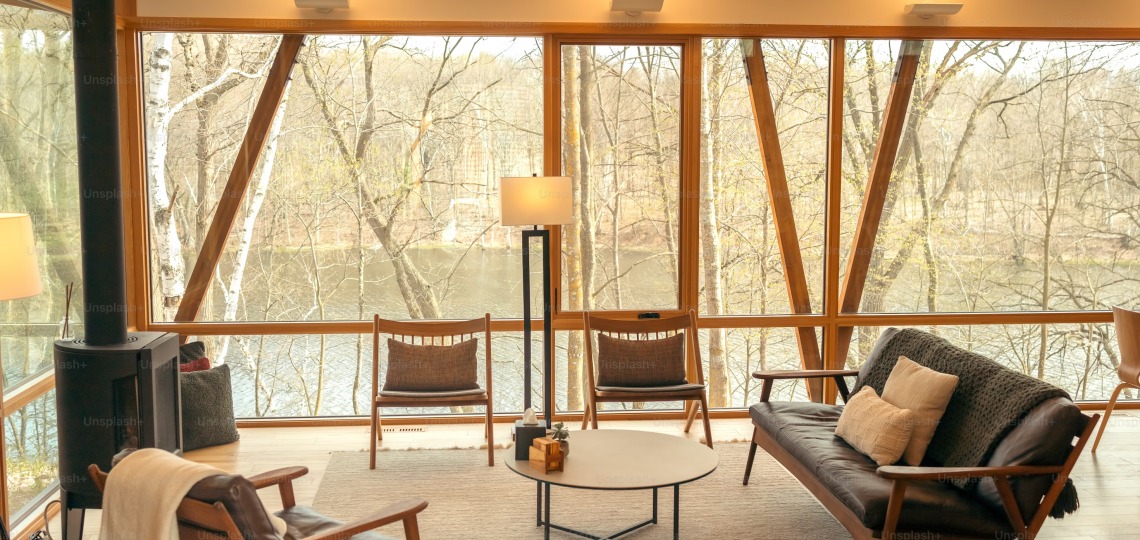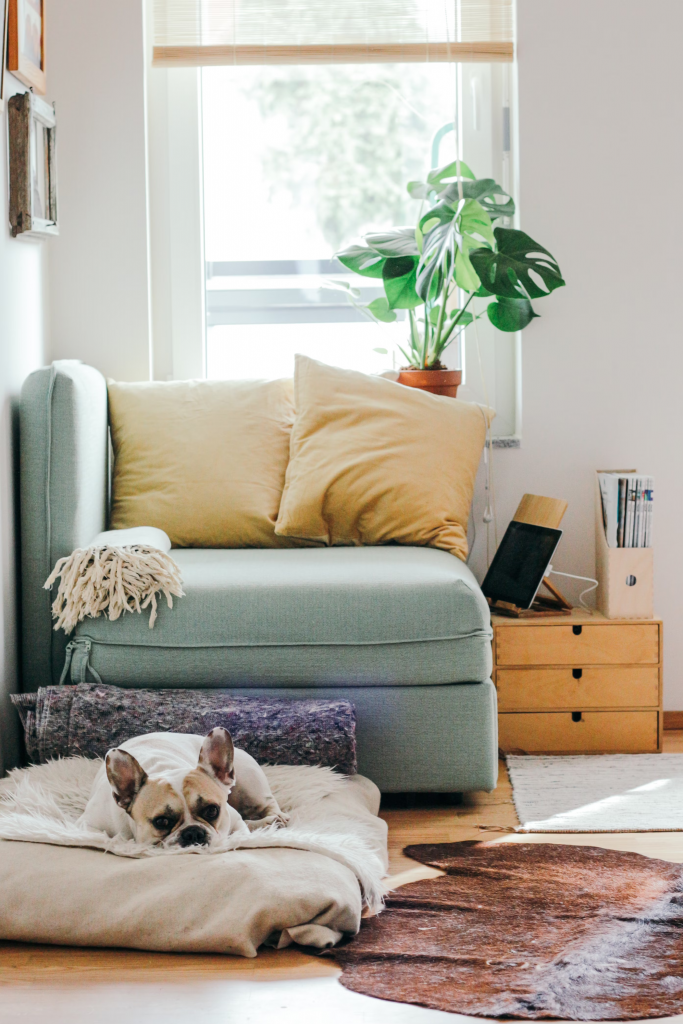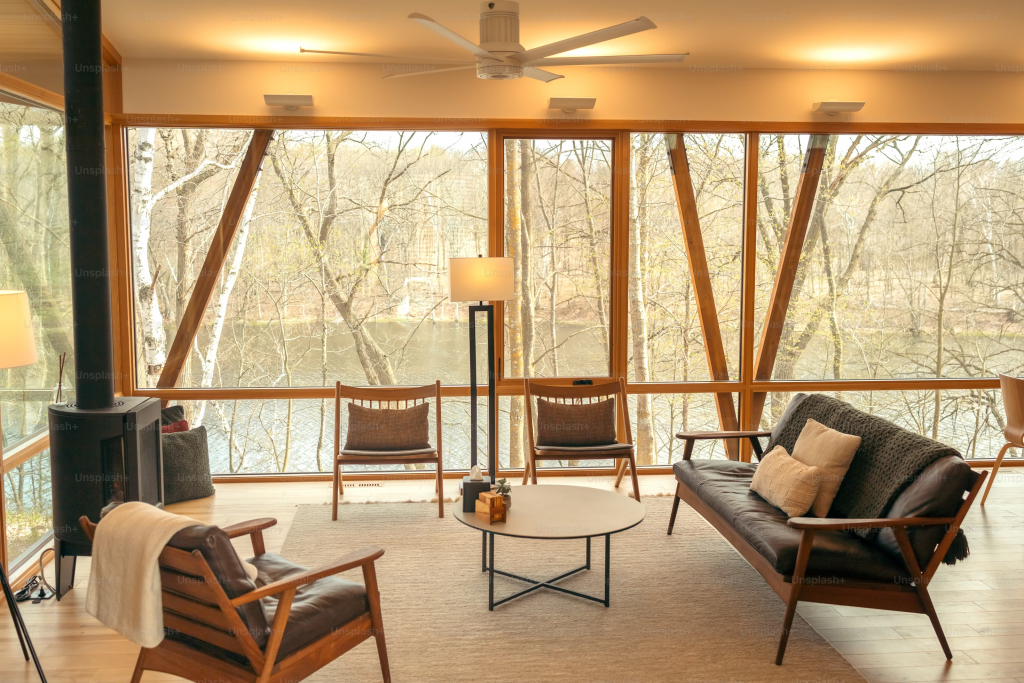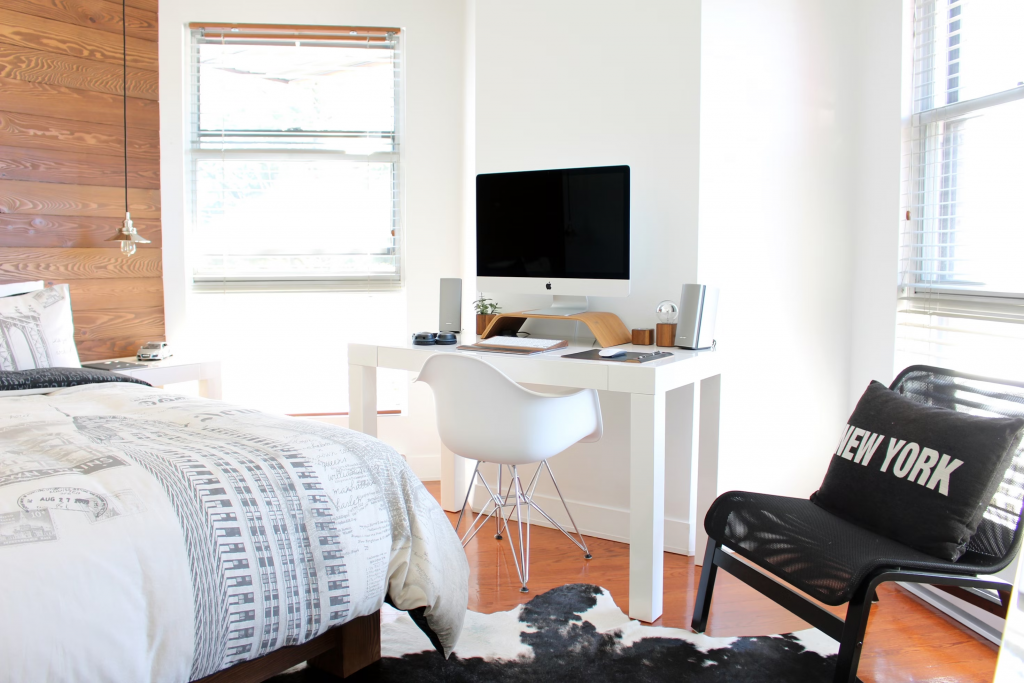
Creating a Family-Friendly Living Room
Introduction: Why a Family-Friendly Living Room is Essential
A family living room isn’t just a space for relaxation; it’s the heart of the home. It’s where you gather to chat, watch TV, play games, read, and create lasting memories. But when it comes to designing a living room that caters to every family member—from toddlers to grandparents—it can seem like a challenge. So, how do you strike the perfect balance between style, comfort, and functionality? Let’s explore how you can create a family-friendly living room that everyone will love.

Key Elements of a Family-Friendly Living Room
Designing a living room that works for everyone starts with the essentials. There are several key elements to consider to make sure the space is both inviting and practical for families.
Comfortable Furniture for All Ages
When it comes to a family-friendly living room, comfort is king. Whether it’s lounging on the couch after a long day or hosting a game night, your furniture needs to support a variety of activities. Opt for sofas and chairs with deep cushions that invite everyone to relax. Look for pieces with durable fabrics, especially if you have young children or pets. Sectionals or oversized sofas are ideal, as they offer ample seating for family members to gather.
Child-Safe and Durable Materials
If you have young children, durability is just as important as comfort. Choose furniture with easy-to-clean fabrics and stain-resistant materials. Leather, for example, can be a great option as it’s durable and can be wiped clean. Alternatively, performance fabrics like microfiber or certain polyester blends are soft, resilient, and easy to maintain. You’ll also want to avoid sharp corners and opt for rounded furniture pieces to prevent any accidents.

Functional Layout for Family Interaction
The layout of your living room should encourage conversation and interaction. Arrange seating in a way that makes it easy for everyone to engage with each other. For example, a circular or semi-circular seating arrangement around a central coffee table is ideal for group activities. Ensure there’s enough space for kids to play and move around while still keeping the room cozy and welcoming for adults.
Designing for Multiple Activities
One of the hallmarks of a family-friendly living room is versatility. It needs to serve multiple purposes, from movie nights to playdates, reading sessions, and family meetings. To achieve this, you need to design the space with different zones and flexible features.

Creating Zones for Different Activities
Dividing your living room into zones can help define spaces for different activities while maintaining a cohesive flow. For instance, you might create a reading nook with a comfortable chair and a side table, or a corner with toys and games for younger children. A designated space for family TV time can be separate from a corner for informal family gatherings, making sure every member of the family has space for their favorite activities.
Multi-Functional Furniture for Space Efficiency
When space is limited, multi-functional furniture is a lifesaver. Think of an ottoman that doubles as a coffee table or a sofa that can turn into a bed. Storage ottomans are perfect for stashing toys or blankets, while nesting tables can be pulled out when needed for extra surface area. Invest in pieces that can adapt to your needs and ensure maximum functionality without sacrificing style.
Play Areas and Storage Solutions
Having a designated play area for children is essential in a family living room. If possible, incorporate a section of the room that’s specifically for toys and games, complete with storage bins or shelves to keep things organized. Storage solutions like wall-mounted shelves or stylish baskets not only help to declutter but also ensure that toys are easily accessible for kids while keeping the room tidy.
Aesthetics and Practicality: Blending Style with Functionality
A family-friendly living room should be as stylish as it is functional. The key is to blend aesthetics with practicality, making sure that your space reflects your personal style while accommodating the entire family’s needs.
Color Palettes that Work for Families
When choosing a color palette, keep in mind that lighter tones like whites, beiges, or soft pastels can create a calm atmosphere. However, if you have kids, darker shades or patterned fabrics can hide stains and wear and tear more effectively. Muted hues, such as greys and taupes, work well because they are both family-friendly and sophisticated. You can always add pops of color with accent pillows, rugs, or artwork.
Lighting for Comfort and Practical Use
Good lighting is essential in any living room, especially in a family space. Layer your lighting with a mix of ambient, task, and accent lighting. Overhead lighting can provide general illumination, while floor lamps and table lamps create a cozy atmosphere. Install dimmer switches so you can adjust the lighting based on the time of day and mood. Consider child-friendly lamps or nightlights that give off a soft glow in the evenings.
Incorporating Personalized Touches
A family-friendly living room should reflect your family’s personality. Incorporate meaningful artwork, family photographs, or even DIY decor to make the space feel warm and welcoming. Personalized touches make the room feel like a true home, rather than just a functional space.

Family-Friendly Accessories
Accessories are the finishing touch to any living room, but in a family setting, they need to be both practical and stylish. Look for items that add comfort and function.
Rugs, Cushions, and Throws for Comfort
Rugs, cushions, and throws can make the space feel cozy and inviting. Choose washable rugs or ones with low maintenance that can handle spills. Cushions and throws not only add a decorative element but also make the space more comfortable for lounging or watching TV.
Functional Decor: Bookshelves, Storage Bins, and More
Incorporate functional decor pieces like bookshelves, storage bins, and baskets. These not only contribute to the overall look of the room but also serve as practical storage solutions for toys, books, and magazines. Opt for stylish but sturdy shelving units that can handle a lot of weight and be easily accessed by everyone.
Incorporating Family Art and Photographs
Family photos or art created by your children can personalize the space. Frame these memories and display them around the room for a homely feel. It’s a great way to celebrate your family while adding character to the living room.
Safety Considerations for a Family Living Room
In a family living room, safety should be a top priority. You want to ensure that your living room is free from hazards and suitable for all ages.
Sharp Edges, Heavy Items, and Hazard-Free Spaces
Avoid furniture with sharp corners that could pose a risk to little ones. Additionally, make sure there are no heavy items on high shelves that could fall and cause injury. Opt for furniture with rounded edges, and keep hazardous items out of reach.
Child-Friendly Technology Integration
If you have tech-savvy children, make sure your living room is equipped with child-friendly technology. Use media cabinets with locks or hide wires to prevent any accidents. Consider screens that are built into the furniture for a seamless look, keeping technology integrated into the room without compromising safety.
How to Maintain a Family-Friendly Living Room
Keeping your family-friendly living room in good condition requires regular maintenance and organization. Here are some practical tips to help you maintain a space that’s both stylish and functional.
Tips for Keeping Your Living Room Tidy
Encourage family members to put away their belongings and keep clutter at bay. Use bins, baskets, and storage furniture to maintain a tidy living room. Setting up routines for cleaning and organizing can help ensure the space stays functional and inviting.
Regular Cleaning and Organization Hacks
Regularly vacuum the carpets, wipe